|
"What are Devotional Arts?" is a question that periodically comes in, and I'd like to answer with something more than an elevator speech or passing social media comment. If you too have been curious, hopefully I can satisfy your interest in this wee post. For me, two aspects must interplay during the creation process to infuse and inform a piece if I am to refer to it as Devotional Art, and both can be found within the definition of the word "Devotion". So let's start with that, a dictionary. Yep, bear with me a minute, it's worth it. How about Merriam - Webster..
Thereby, Devotional Arts, require varying layers of personal devotion and dedication in both physical process as well as of a spiritual nature during its creation and/or intended use. Traditional slow crafting skills are just that - slow. In a time of instant messaging and same-day shipping, spending a year simply growing and processing the fibre one needs to even begin weaving fabric for say, a heritage quality shirt, is almost unheard of, yet it is absolutely the sort of soulful and environmentally restorative remedy for what ails much of today's world. Think of it, a garment made by human hands in a manner that heals the soil and brings community together, which gets comfier with use - that will also last 100+ years? How about with prayers made while the seeds were sown, heartsong captured as the fibre was spun, and with blessings woven right into the fabric? mmmm.... I say YES to this! Tapping into old world methods of Making organically connects us to ancestral wisdom. Utilizing the natural elements around us fosters reciprocal relationships with the earth, wind, fire, and spirit of a place. The zen of repetitive or quiet work lends itself well to calming our nervous system and receiving insight, but also other realm workings such as prayer, Sight, spirit journeys, divination, spell work, and blessing. What better way to honour a tree we love, than to delight in the hidden colour its shed leaves give our dye vats. How wonderful to integrate a powerful experience at the Solstice fire by grinding ink from the charcoal then writing a poem, vow, or declaration with it. Knitting a sweater for our loved ones with protective prayers in each stitch is old old magic that was once commonplace. The cup crafted from mud and carved with runes or ogham, reminds us each morning as we wake that our spiritual side continues to be nourished, even as we pack lunches and ready for work. These sorts of workings can be felt, seen, and affect change in the world. It scratches an itch that often is missed by technology heavy methods, mainstream religion, and even popular spiritual workshops or retreats. It gives us something mindfully, carefully, crafted with love and intention, to hold, wear, or use either in our own ritual work or in ordinary daily doings. These ways bring us closer, rather than continue to disconnect us, from what matters most. When we think of the arts as being more than only Fine Art, it brings awareness to the many branches of skill and knowledge that bring healing, nuance, and wisdom to humankind, as well as how we relate with each other, with nature, and the divine; however that might personally look. As a Devotional Artist, my making process involves real honest time and dedication to the craft at hand while including some element of soul tending or other realm workings. My pieces either support your (or my) innermost personal healing, or spiritual and ritual practices.
It might look like:
I've been deeply honoured support the tending of such private issues as:
If you haven't met me yet, Hello! I'm Juliette Jarvis, a sacred living mentor, best selling author, and devotional artist here to help you navigate life while cultivating your spiritual nature. If this work feels supportive to you, do have a look through the pages of www.selkiesanctuary.com or follow along as intentionally crafted pieces are created at @selkie_sanctuary on Instagram.
0 Comments
I have a memory of being very small watching my Grandmother weave on a loom that seemed to fill the entire room. I was fascinated and a little bit frightened. It felt larger than life, clacking in its complexity, and my warm yet enigmatic Grandmother had her back to me working the treadles with her feet and passing her shuttle back and forth, back and forth. I'm not even sure she knew I was there. Many years later, I found I had inherited two of her weavings, an autumnal scarf and a great blanket shawl. They became treasures tying into this old memory, and are wrapped up with all of the feelings and impressions she brought me while I knew her. Over time, ancestral wisdom finding, traditional skill learning, and personal heritage exploration became very important to me and often would remind of a quiet urge I felt to sit at a loom, no matter how far off and dreamy it felt. Throughout the years I had inspiring friends take up weaving, and projects began to form in my mind, though I knew it was still not yet time. Shortly after most of us began a pandemic induced "hunker down" in our homes, a dear soul gifted me a table loom and out of curiosity for its history, I followed internet threads to a free mentorship initiative in the 1930s for Canadian farm wives, begun by the Searle Grain Company to help them overcome feelings of isolation and to support self-sufficiency. I couldn't help feeling a curious synchronicity spanning across time while I entered into my own hermitage and hurried to build our "victory" garden. Living so remotely, our food security was particularly vulnerable. and self-sufficiency was top of mind. Back then, travelling instructors bringing equipment and supplies came to farming towns for six weeks and community weaving circles were left behind, each promising to continue passing teachings free of charge in reciprocity for such a gift. Canadian made Leclerc looms were made available, linen was imported from Ireland and wool from Great Britain. A mail order system was established, national contests were held, and it was thriving until high gas prices meant women were suddenly unable to drive to weaving circles any longer. Our gas prices reacted similarly and the Leclerc loom I had been given may very well have been one from those times. I loved it up, but did not begin. The following Fall, a handworking friend brought a floor loom for me to "loom-sit" while she was out of the country. It came disassembled but I was encouraged to fit it together and begin my journey. I looked at it often and thought, "In the dark of Winter I'll try." But. I didn't. Another year and a half later, a travelling Slavic witch visited our homestead offering to teach me to spin wool should I find some roving. While retrieving the roving, I was gifted a drop spindle made by a wood turner one province over. It had been passed from hand to hand with instruction it be given and used. It felt fortuitous, timely, and quite luck filled. On my way home, a message came through inquiring if I would be keen to accept a floor loom... delivered the following day from the island we can see from our little bay. The serendipitous timing was not to be missed with spinning and weaving organically converging, as if the were Fates conspiring to kick my butt into action. I began spinning that very night.
It didn't even come close to matching the original pattern, but I didn't mind. As I held the shuttle in my hands I noticed how to lift out the bobbin and I rewound some thread I had been saving for years for this very moment. It felt very much as if the loom itself was teaching me, maybe too I was picking up on the intentions of the mystery woman who had begun this project. It felt as if each time I encountered something new, I was following nudges from somewhere unseen, perhaps my Grandmother was sending little signals, or the 13 Scottish weavers, spinners, and flax dressers I have so far found in my family history reading. I tried adding some of my twice plied homespun wool, thick, plushy, and fast filling comparatively, full of the magic that can be felt when we learn something new and fall in love with it. Then reloaded the shuttle with a soft bright golden thread my husband chose from my saved stash. This long woven piece can be read much like a book. Each woman's additions and all of my learnings up to the clear point where point it suddenly occurred to me to use both my feet on the treadles and alternate moving across them from left to right with right to left. I am sure there must be more complex footwork too, but this inspiration shifted the simple pattern I had been making into a sweet scallop shell design. It felt like I was finally, really "doing it". It wasn't just exploring anymore and I let myself fall into a gentle awareness, listening for any more ghosts, while my body kept rhythm. Hands passing the shuttle back and forth, feet pressing heddle levers, first this one, then that one. It took me a few more days to come to the end of the warp laid out on the loom. I didn't rush. I savoured. Took time to spin more wool, wrapping up the energies I could taste as I did so. Washed and hung the new skeins to dry, then wound them into little balls, ready to bring those flavours into tapestries, clooties, and other prayer or intentional workings.
When I did finish, and cut our three woman weaving off the loom, I was able to fully see the work of the two before me. Together, without even knowing each other, we had made a long beautiful scarf. I picked up the book that had come with and learned how to tuck in hanging threads from colour changes and bobbin refills, then on to twist a luscious long dangling fringe at each end. It is all very slow and careful work, made even slower for having no human teacher, but all the more exciting that way. I think the essence of these traditional skills, or maybe the ghosts of my ancestors, were tired of waiting for me to finally feel ready. If we keep passing over the signs we are given, sometimes they escalate until we move into action. I am still daunted to learn "for real" with the precision needed for calculating thread counts and designing patterns. I only know a few basic terms stemming from encouraging weaver friends listening to me gush through this. Math doesn't come easily to me and I know it takes many days just to prep a new project before any weaving can begin. Miss-threading or miscounting can throw the entire project off. We don't even seem to have the right sort of thread for a warp to purchase in our little town. But I'm ready. And I can hear the empty looms and all those ghosts waiting for me. For three months I have carefully tended to a large, gravy lover supportive, dinnerware set. Each piece hand painted with invocation of 3 Wishes. They may look simple, but they quietly took much tending. Plates are notorious crackers when drying and warpers in firing, they need a bat system that I don't have in our home studio but sweetly had access to in the community. It took a month just for them to release from the bats before continued controlled moisture balanced slow drying. I looove this naturally dark chocolate clay, it is more costly but oh so luscious! Honestly I've been fully smitten the entire journey. For this past week I have spent a fair amount of time in pant-breathing tear-jerking pain, medicated just to get across the room, reliant on others to ... well.. do pretty much everything for me. I had missed my two covid compliant shifts at the community studio but knew these plates were finally Done. Yesterday I was able to tenderly, and with help, manage to pick them up. I saw it right away. Small coloured drops that I did not add. Just on one. The kilnmaster told me glaze from a neighbouring piece splashed on during the final firing, and gently reiterated what most experienced potters and ceramists advise, "We learn to not get attached until they are finished." It's generally considered a noob thing to do, to stir up close feelings for a piece. We are encouraged to not try and save a thing as it begins to fail. Just start again. Articles are even written about it, how well ceramists end up dealing with failure in life due to the uncountable opportunities for disaster along the way to Done in their craft. My sunken feeling reply, "I get attached to each piece. I just grieve them too." Sweetly she consoled with noting how she knew I had put my heart into them. Me, mostly to myself, "I put my heart into everything" And I do. Or I try to anyway. Not in some wild emotional roller coaster of the ill placed sleeve bearing sort, but crafting a life that I can put my heart into what I am doing, where I am, who I'm with. Unless it is an unsafe or wholly unwise situation where true harm is a potential, I don't want to stay detached while waiting to see how things turn out in the end nor pendulum swing into good vibes only, love & light, forgive & forget bypassing of the raw and the real either. I want to live as a full human creature while I'm here. I don't buy things thinking about deprecation values or trade-in ability. I use all the good china. I take the plastic covers off. I step into stories with both feet and listen as if it were my own. My shirt will be wet from tears and my face lined from smiling. It is all absolutely both deeply heart mending and heart breaking.
Stepping consciously into any relationship calls for respect and reverence, especially when you know the interdependence may be decades long. There is a manner of approach and a tone to set in the first visit. Set as a foundation for carrying through the beautiful days, the turbulent currents that toss us about, and the darkest nights of the soul too. A foundation that holds the rub and friction between and anchors into a knowing of Being, working, and creating *Together*
When it comes to cars, washing machines, cooking stoves, or potter's wheels it is no different. Stones, trees, pets, and people it is no different. Some baulk at such anthropomorphism and foster a belief of inanimate "other", yet an animistic lifestyle has been the norm for most of our human existence. Even traced through our art to 40,000 years ago. There is an essence to all things, and that essence can be communicated with. Relationships fostered and tended to. A reciprocity to be maintained. So sitting for the first time at this new wheel, knowing their reputation for longevity, knowing how many hours we will spend together, knowing the intention is to co-create ritual wares and intentional ceramics where even a cereal bowl might have a medicinal or harmonizing affect ~ to do so with ceremony was appropriate. It was simple. potent. personal. The fire was lit, herbs were burned, my medicine bundle and heart engaged, introductions were made and exchanges occurred. Then 3 small cauldrons for our work here at the Selkie Sanctuary began their creation journey. Thank you for witnessing and tender holding of walking in these soul-filled ways. May friends in all their forms speak with you too. * I've been posting heaps on Instagram over at @selkie_sanctuary if you are into hyperlapse videos of mud being thrown, giddy kiln discoveries, and following along as ceremonial ceramics are created. It's a good way to put your name in early to adopt a piece too My bubble buddy, and new friend at the fine arts centre has watched me patch up "clay fails" and creatively tend to mishaps that would make most potters cringe and scoff. Generally the idea of being so attached to a piece that one tries to save it is relegated to noobs who could use practice in 'just make another' don't waste your time and learn through the doing.
Most serious potters tend to toss imperfect greenware into the Reclaim Bucket, or smash Bisqued and Glazed pieces into the ceramic graveyard of mosaic hopefuls and archeologist dreams. I create with intention but keep very close the knowing the life of a piece may be found short at any moment. But I can't say it is non-attachment, for surely it isn't. One swift movement, jerk of a hand, hidden air bubble, too hot and dry air too soon, too cold air too soon, a poor dip or drip, a fusion to a kiln shelf, catch of a finger nail, an exploding kiln neighbour, ripped out bottom or snapped off handle, each can spell death to a piece, and I will love each for as long as they live just the same. And just like those parts of ourselves that feel broken or dreams we thought were destined for the reclaim bucket or graveyard - sometimes we can put our perfectionism and consumer conditioning aside and love it back - again and again if we must. I remember being very small and looking closely at a plastic horse that I had, noticing how the eye paint was askew and there were chunky bits along the mould seam. I knew that no one had touched it when it was being made, no one had cared for it or noticed its details. There was a sad vacancy and I wanted to love that little horse more to make up for it somehow. I hadn't read it yet, but knew Velveteen Rabbits were real. Perhaps that is why I hesitate to toss so easily into the reclaim bucket, why I slow-cook and hand stitch aspects of my life together. If you know me though, you know I am a strong advocate for letting things die when it is time. Perhaps surprisingly so. But some things quietly call for being loved back to life. This piece was gifted to me half a foot away from the Reclaim Bucket. As you can see, so far it has been resuscitated at least twice and it certainly isn't out of the woods yet. Some of my pieces hold this story of reclamation with them and I softly wonder if anyone might feel it. If they don't, that is okay. I do. I didn't hyperspeed this up because reclaiming by way of loving takes a little time - as it should. |
Juliette JarvisStories of devotional arts from the Selkie Sanctuary cottage Archives
July 2024
Categories
All
|
|
|
|
Receive sacred living supports and excerpts from upcoming books with a free or paid From the Cottage subscription





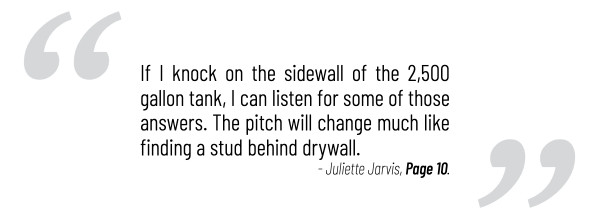
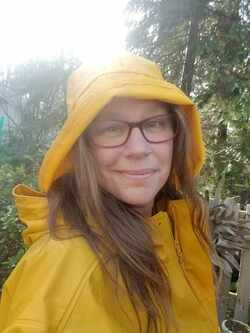
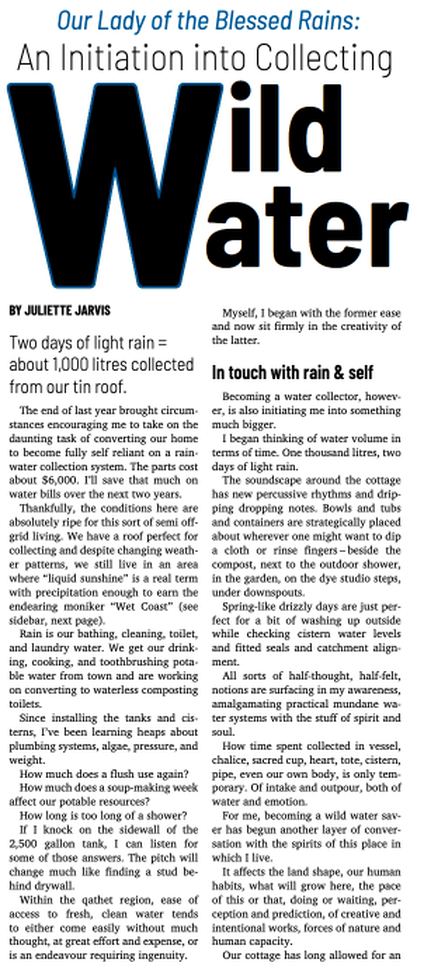
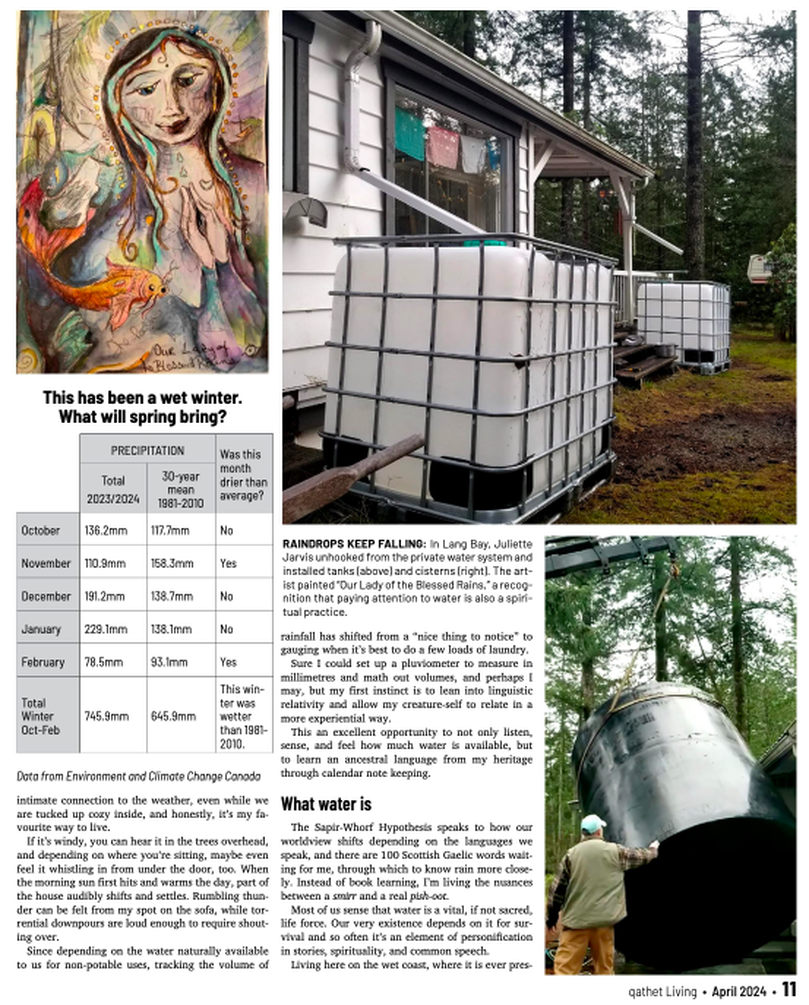
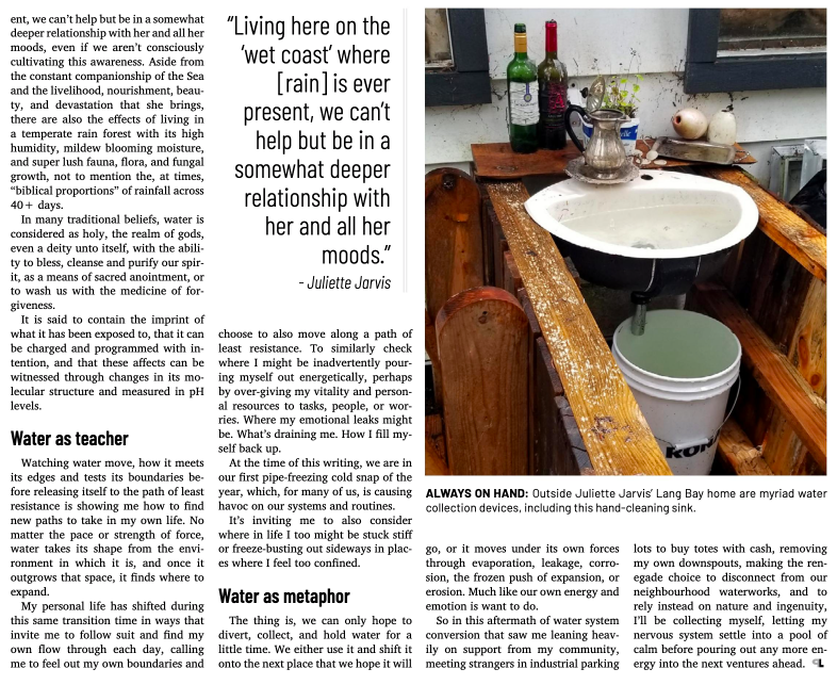
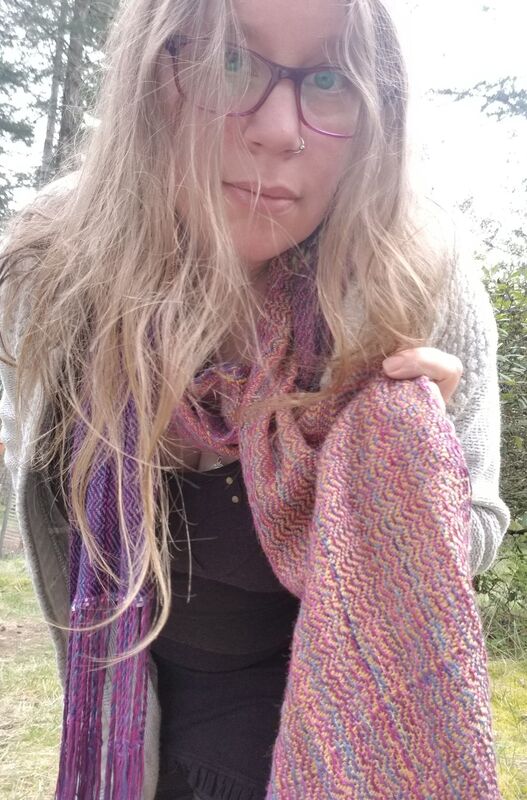
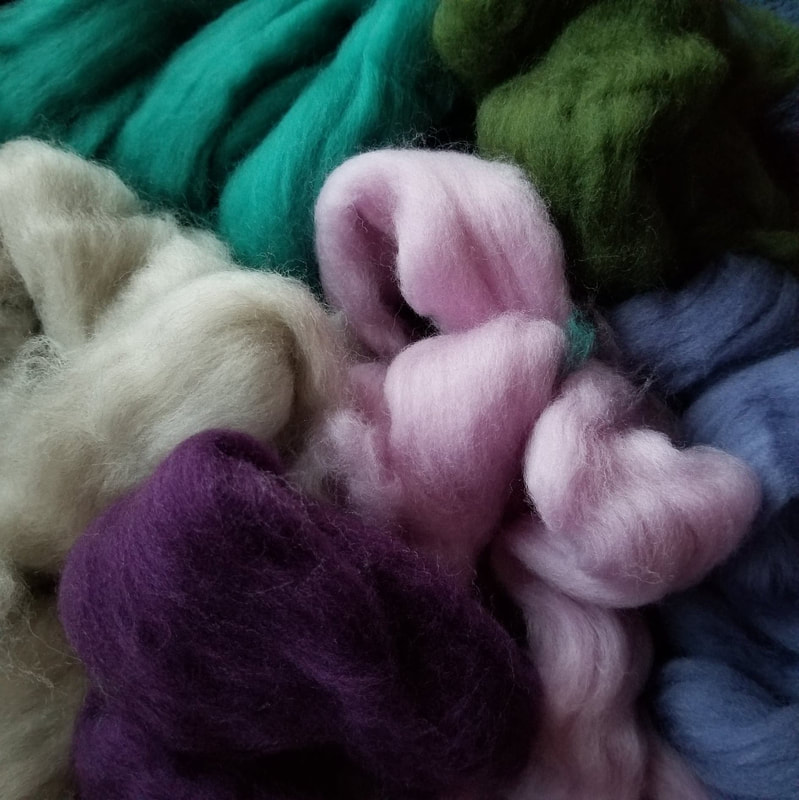
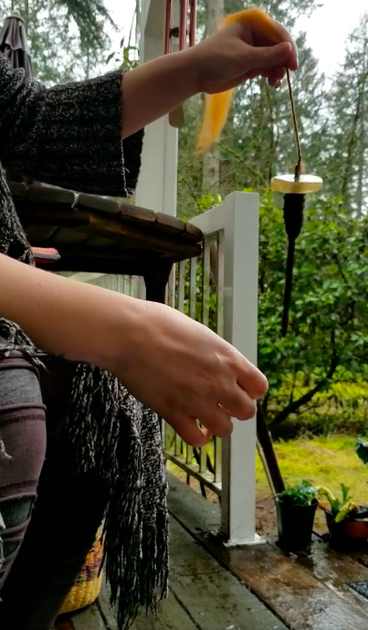
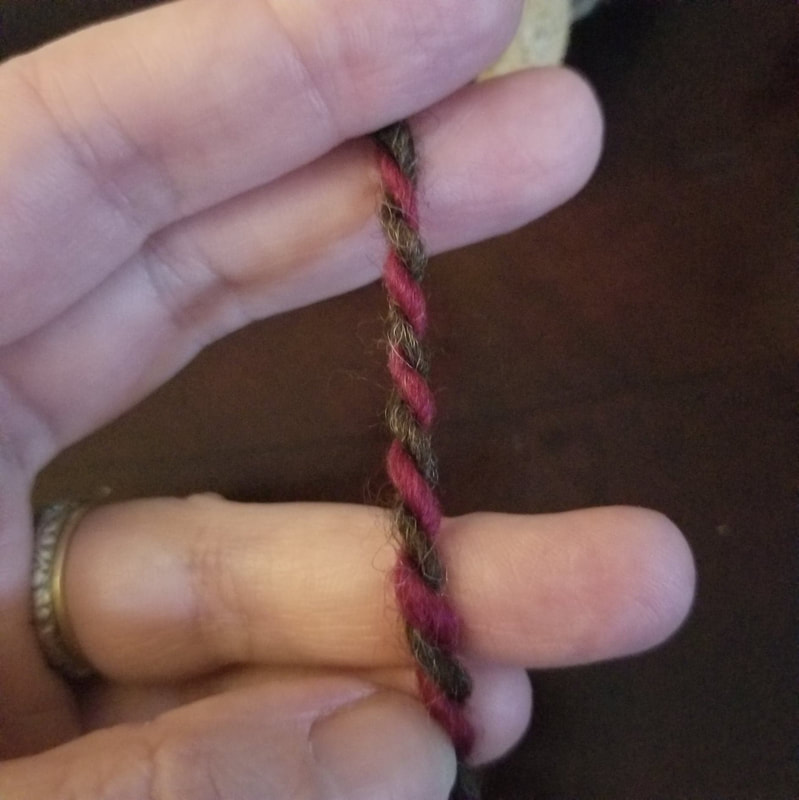
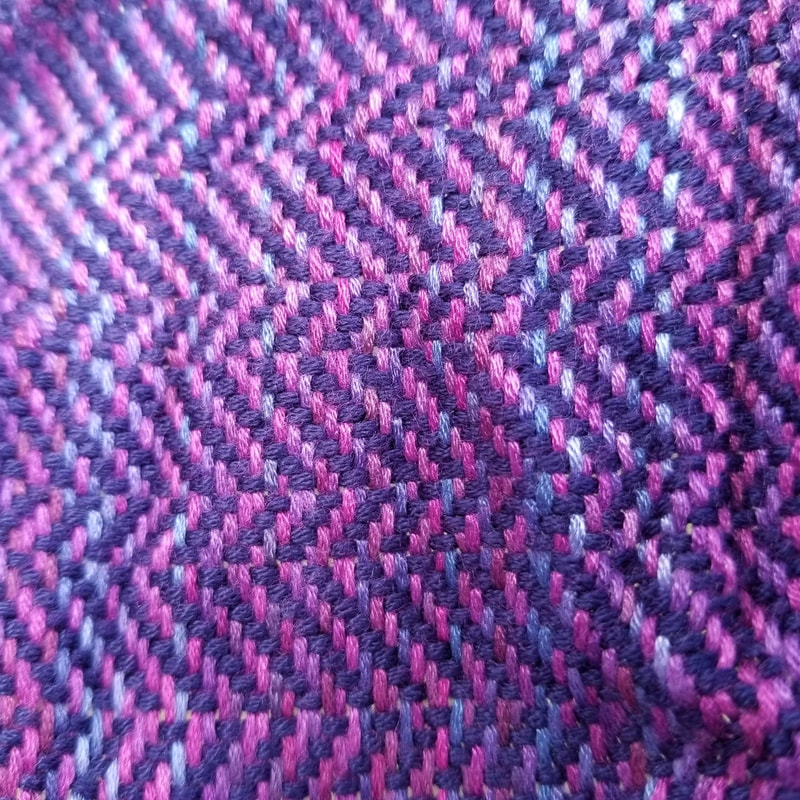
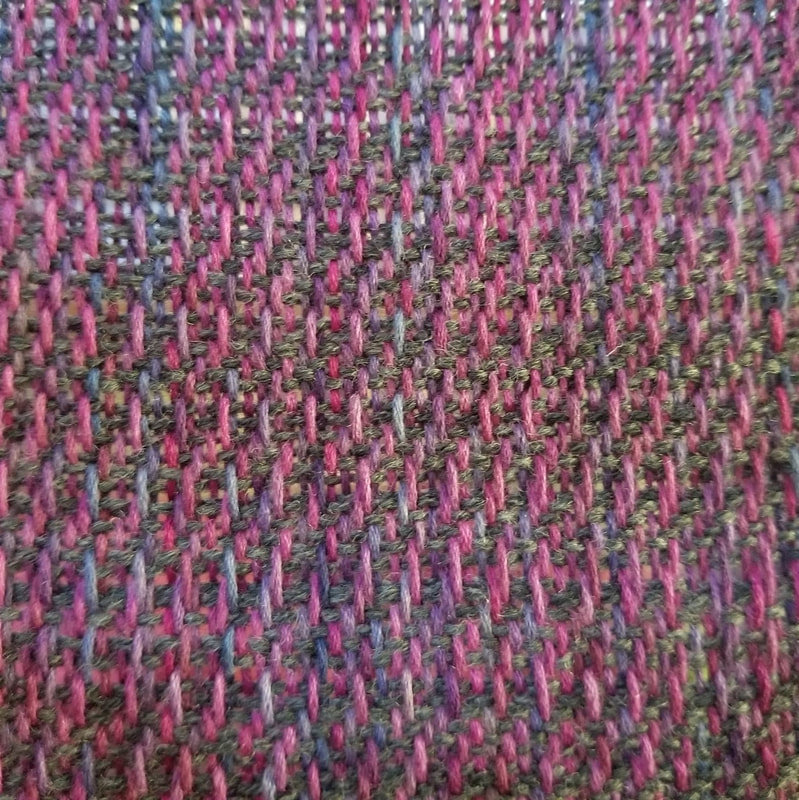
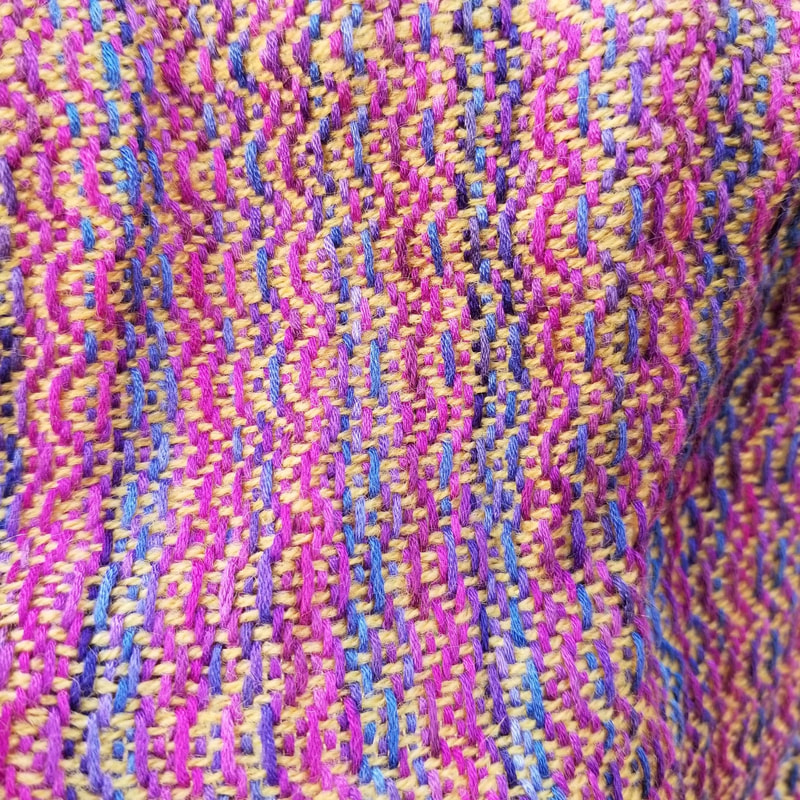
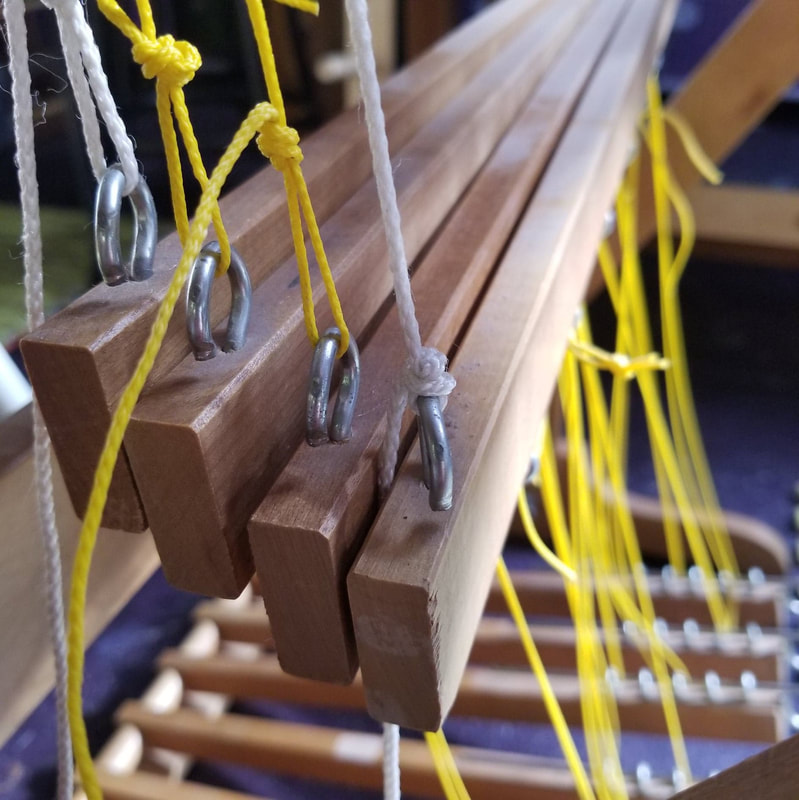
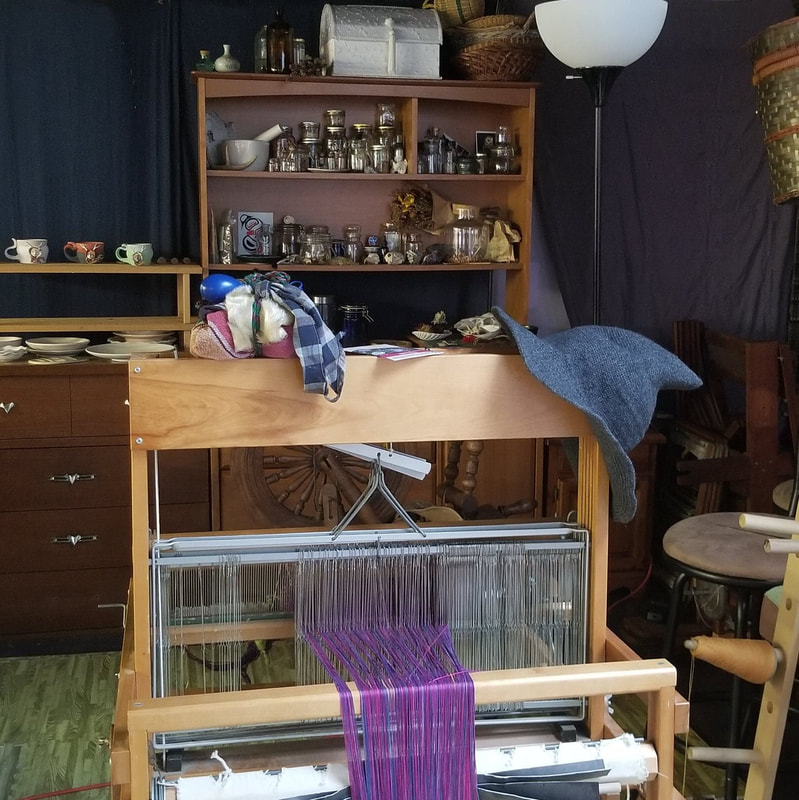
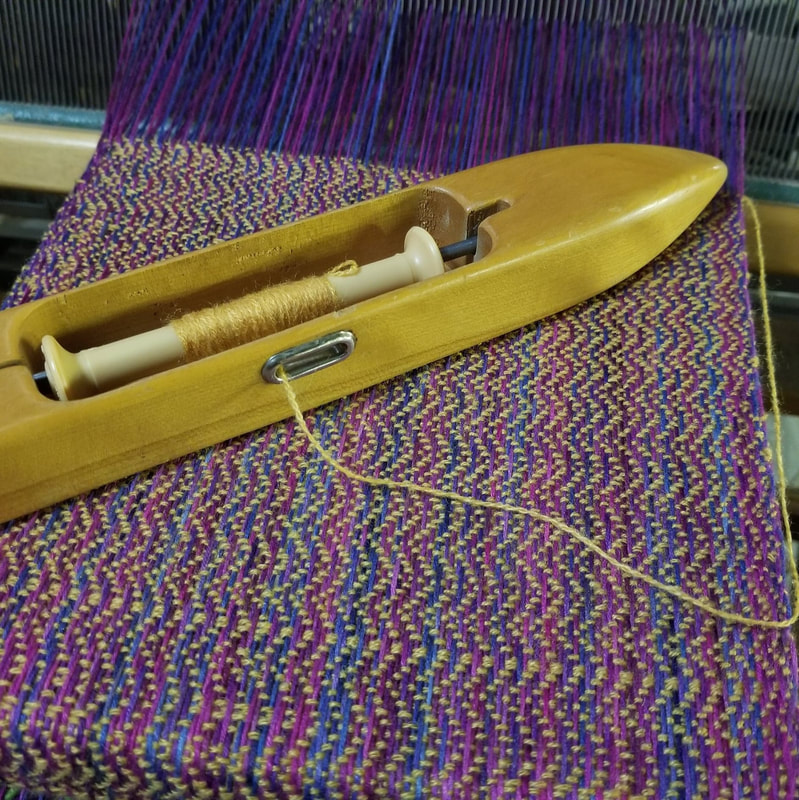
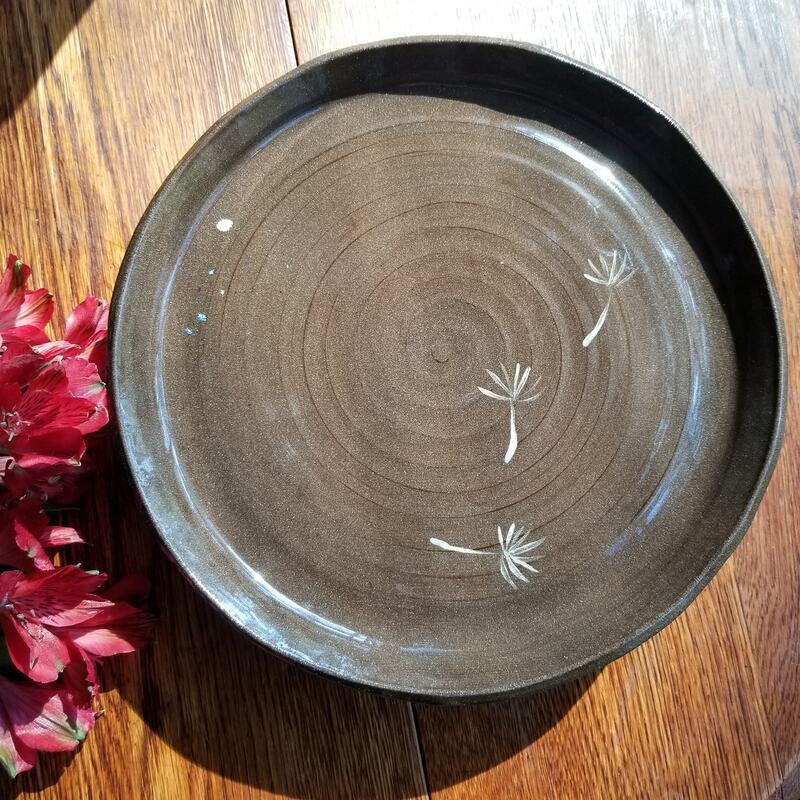
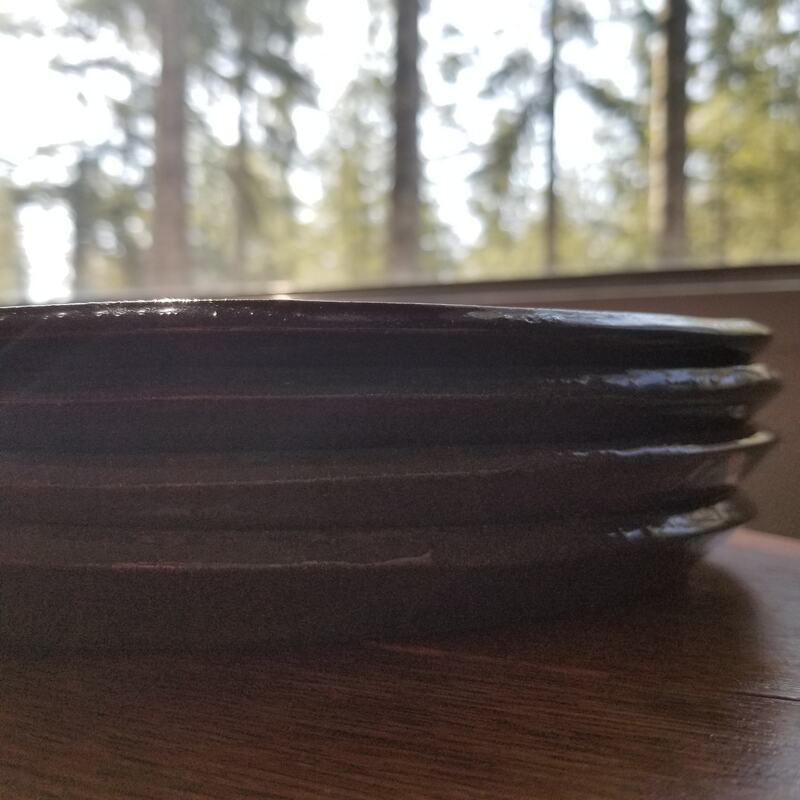
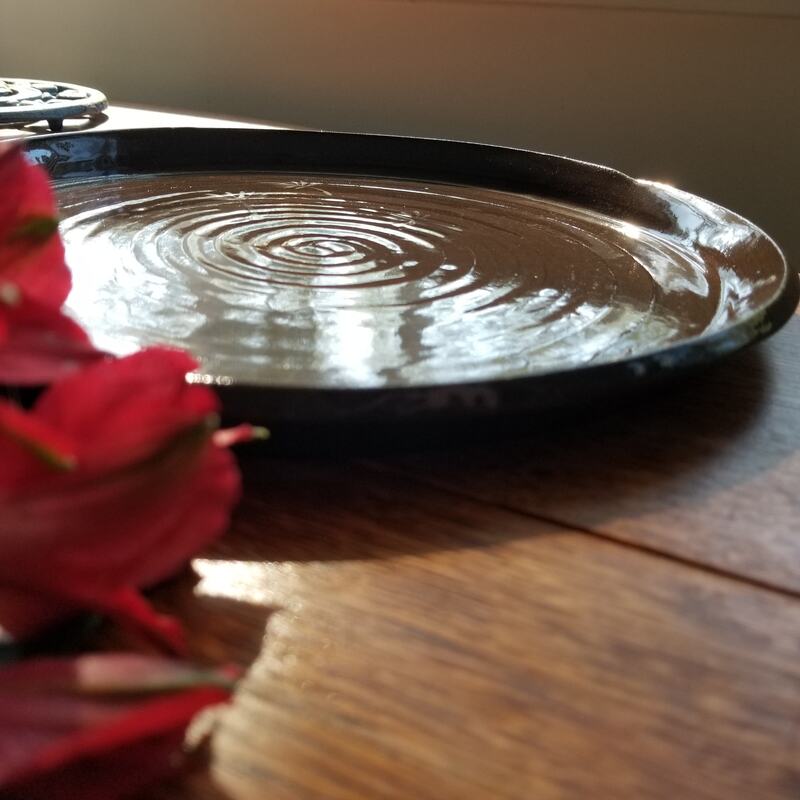
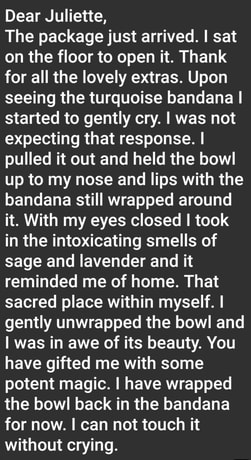
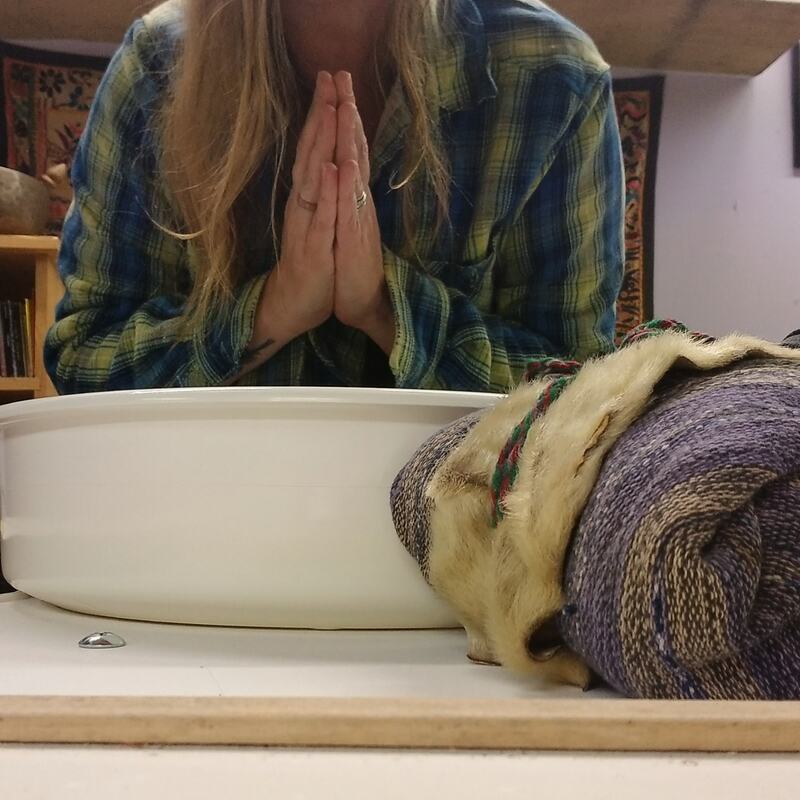
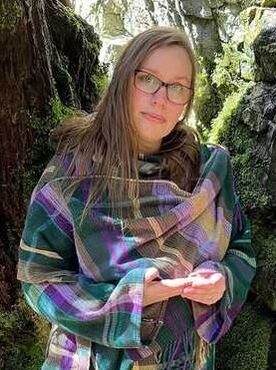
 RSS Feed
RSS Feed
